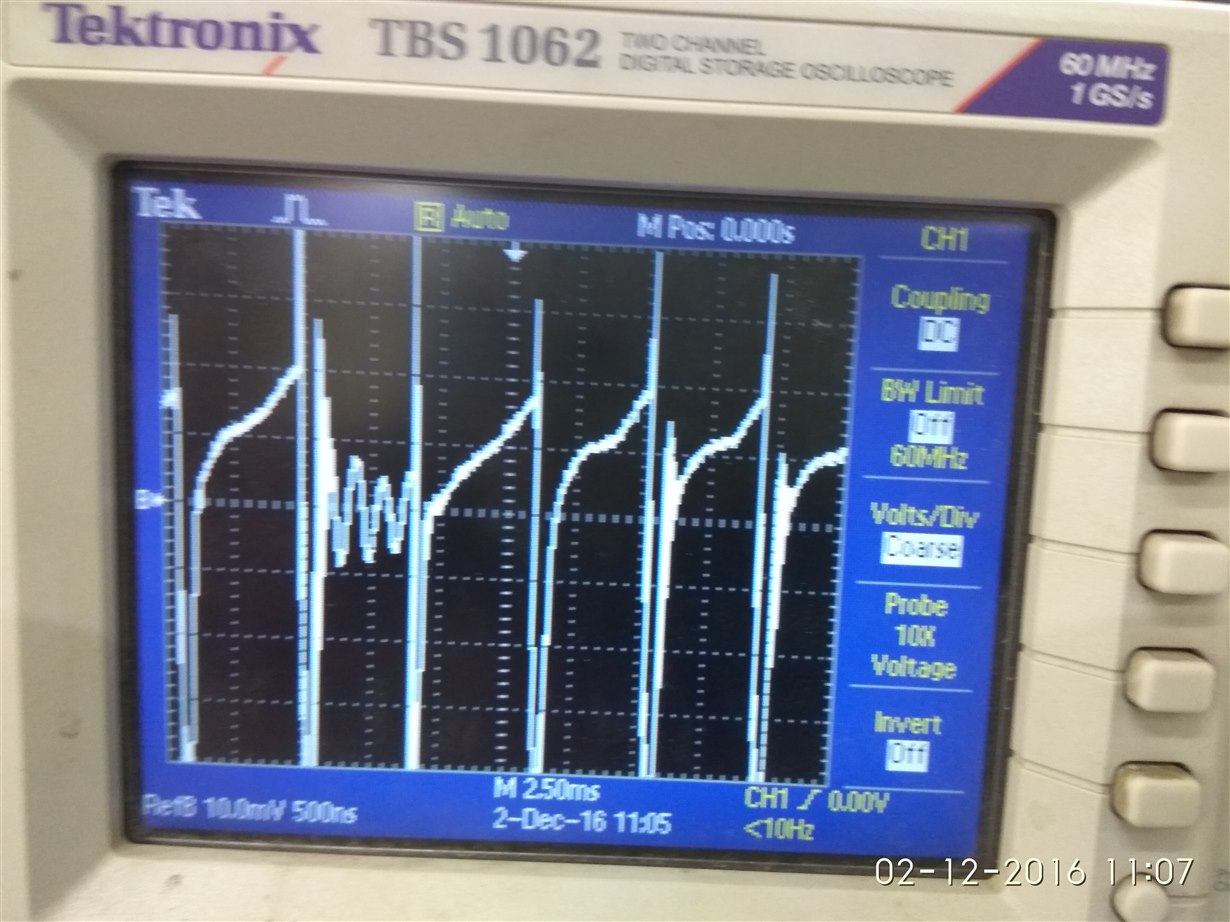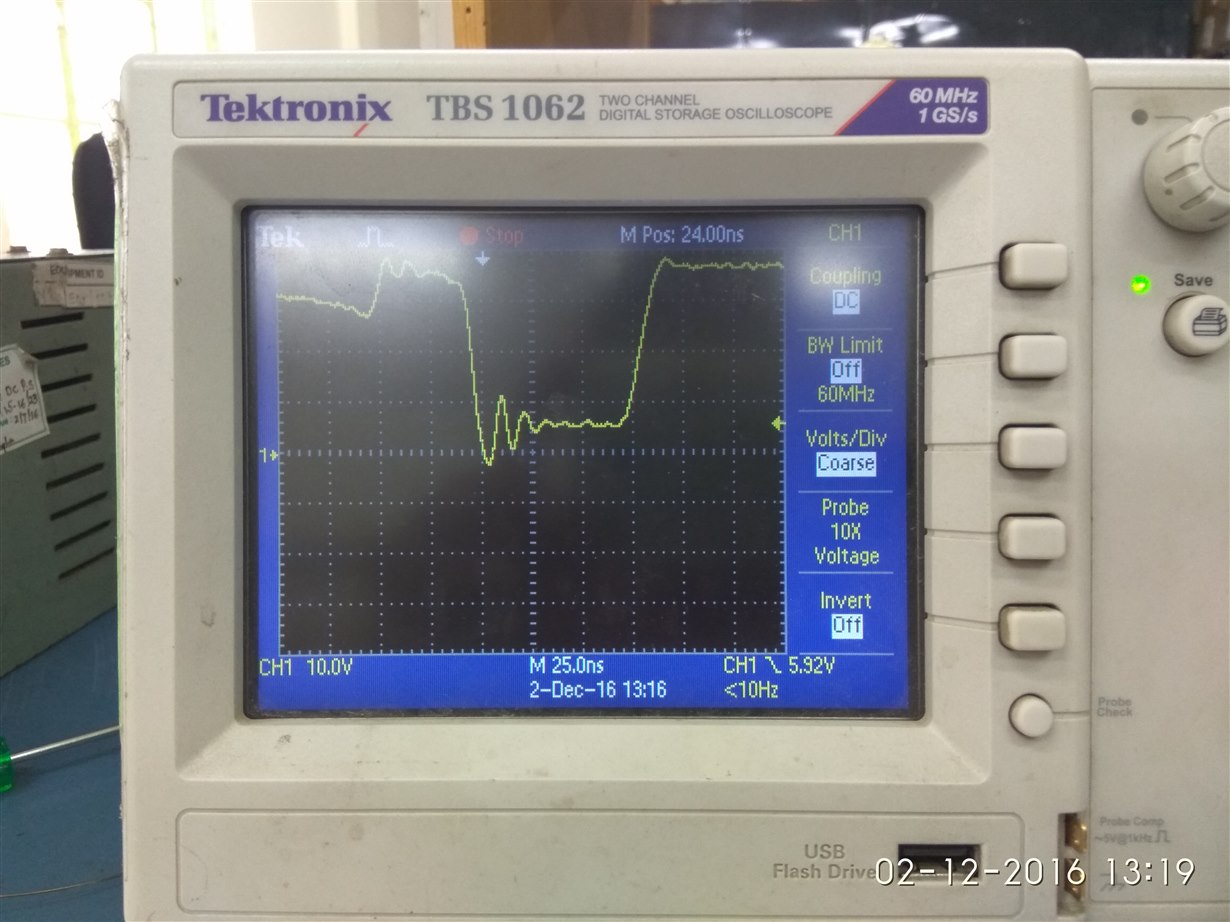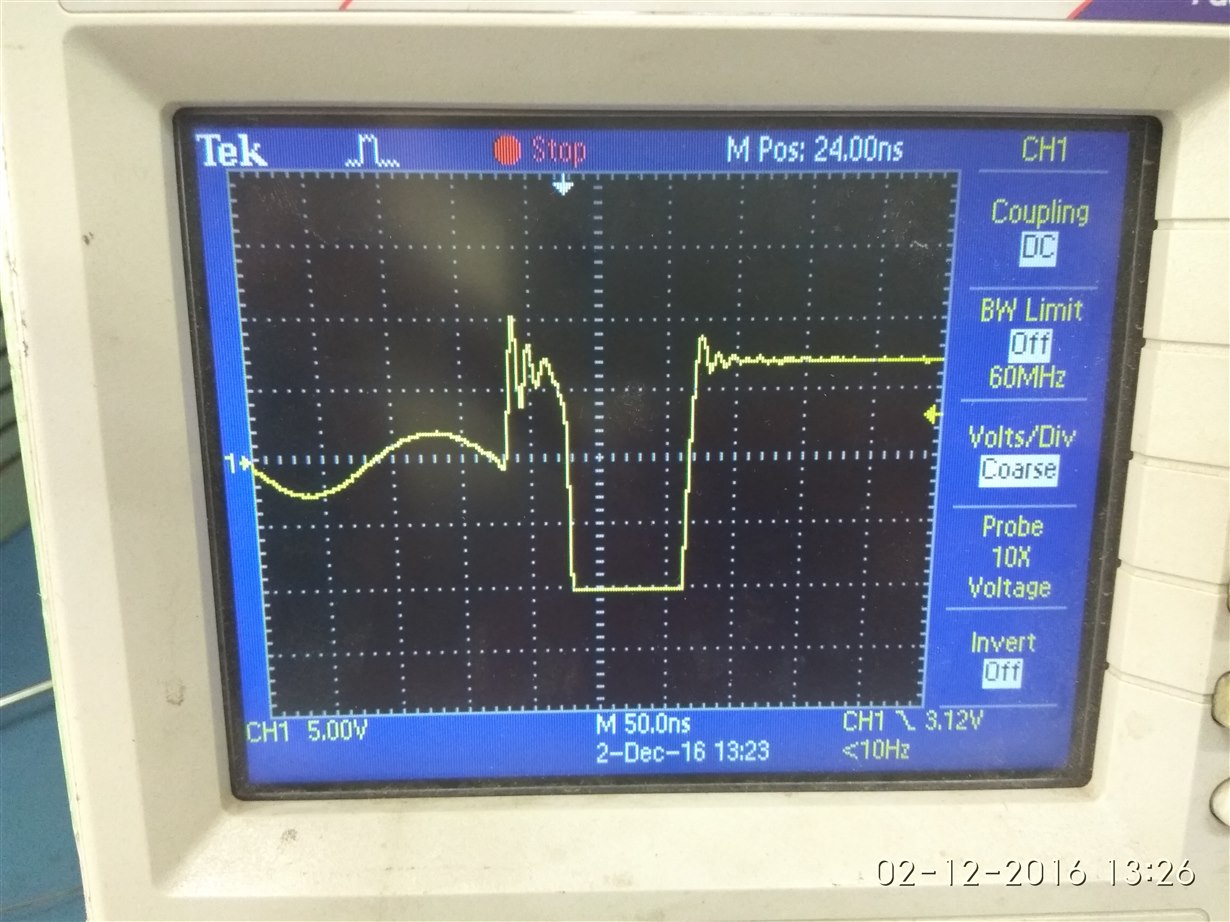I would like to know whether bq24600 can be used to charge 6 cells Li-Ion battery of 7.83Ah capacity with 3A charge current or not. I'm using the same circuit mentioned in its datasheet with suitable calculations for 6 cells Li-Ion battery and 3A charge current. The charger circuit is sourced from 28V/3A regulated power supply. But the charger circuit consuming only 130mA from the source. The voltage across battery does not increased for 2 hours also. please suggest me the suitable application circuit or any changes to be taken. Here I'm attaching the schematic I have used.BATTERY CHARGING SCHEMATIC - 161109.pdf
-
Ask a related question
What is a related question?A related question is a question created from another question. When the related question is created, it will be automatically linked to the original question.




